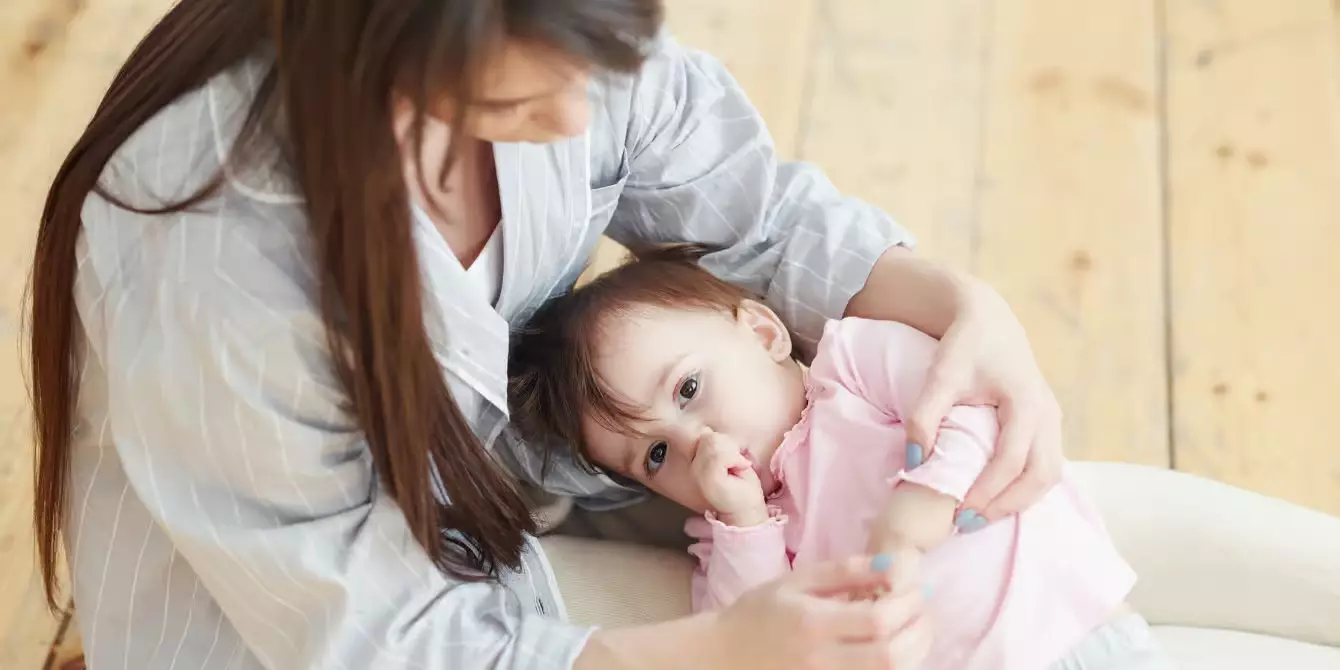Weaning children off pacifiers or thumb-sucking can feel daunting for parents navigating the complexities of early childhood milestones. While these habits often begin as a natural and comforting coping mechanism—many infants even suck in the womb—concerns arise when they persist beyond the age of three. Evidence suggests that prolonged use can lead not only to dental misalignment but also to broader developmental issues.
As a passionate advocate for children’s health, it is crucial to recognize that every child experiences growth at their unique pace. The American Dental Association broadly recommends discontinuing pacifier use by one year old, but this can vary greatly among individual toddlers. Parents must observe their child’s behaviors, as well as their emotional attachments to their pacifiers or thumbs, since the road to weaning can be laden with mixed feelings.
The Impact of Prolonged Habits: More Than Just Dental Concerns
The ramifications of extended thumb-sucking or pacifier use are often dismissed as minor inconveniences. However, the potential for functional orthodontic issues cannot be overlooked. This behavior can lead to teeth being pushed out of alignment, resulting in spacing issues and making the child susceptible to trauma in the event of a fall or bump. Moreover, thumb-sucking can also narrow the palate and disrupt the natural development of the jaw, which can have cascading effects on speech.
Children may exhibit issues with articulation and speech clarity if the habit continues past three years due to improper tongue positioning. Understanding the breadth of consequences is essential, not just for immediate dental health but for overall growth and social development.
Strategies for a Gentle Weaning Process
When devising a plan for breaking these habits, consistency and empathy are paramount. Start by creating step-by-step goals tailored to your child’s readiness. One effective strategy is to slowly reduce the frequency of pacifier or thumb usage, particularly during sleep, as this is often when these habits are most pronounced.
Replace the pacifier or thumb-sucking with comforting alternatives such as stuffed animals or fidget toys, which can provide the same sense of security. Establishing rituals—like reading bedtime stories or snuggling before sleep—helps create a secure environment that makes the transition smoother. My own experiences echo this; similar strategies were effective for my son, illustrating the success of nurturing connections in the change process.
Positive Reinforcement: Build Confidence and Community
Often, the path to breaking habits involves reinforcing positive behavior rather than simply saying “no.” Encouragement can manifest through praise, small rewards, and creative outlets. Engaging children in the conversation about their habits builds trust and communicates the desire to help, rather than to chastise.
Books featuring characters who have transitioned away from their pacifiers can serve as visual reinforcement. A unique concept is throwing a “pacifier send-off party.” This involves pretending to gift their pacifier to a new baby, fostering a shared experience that shifts focus from loss to generosity.
Remember, seeking support from fellow parents or engaging with a pediatric dentist can provide additional strategies and relieve the burden of isolation. Community support strengthens resolve and ensures that you feel accompanied on this journey.
Navigating the Emotional Landscape: Patience is Key
It is essential to acknowledge the emotional weight of these transitions for both parents and children. Allow yourself, as a parent, to feel your emotions; guilt and anxiety are common but can be mitigated through support and understanding. Remember that the goal is not just to eliminate the habit but to foster resilience and adaptability in your child.
Maintain an outlook of patience and adaptability; some children may take longer than others to adjust. Experiences will differ from one family to another, and multiple methods may need to be explored before finding the right fit. Sometimes, a professional recommendation for habit-breaking appliances may be a necessary step, but always approach it as a team effort.
The journey to help your child break free from pacifiers or thumb-sucking is an exercise in love, patience, and learning. Celebrate every win, no matter how small, and remember that this transition, though sometimes trying, is a stepping stone towards greater independence and self-soothing skills that will serve them well into the future.

